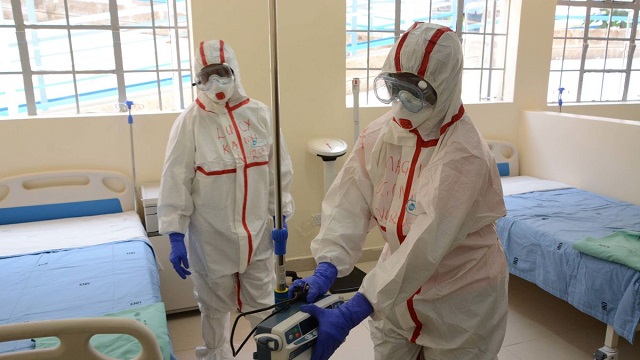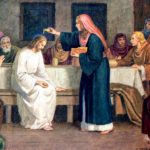A family member called very early in the morning of Independence day. It was unusual and I thought it could be something unpleasant. Just the day before, we had attended the burial of the late Omona George in Palenga village located a few kilometres outside Gulu. I called my brother to give me a lift but he said he was too weak to go for the burial.
Unknown to me, that day my brother was admitted at the Gulu Regional Referral Hospital. That early morning phone call was to inform me about my brother’s condition. He had been put on supplementary oxygen because he was having difficulties breathing. His result for COVID-19 that was done two days earlier turned out positive.
My interpretation of someone being put on oxygen meant being in Intensive Care. A few years ago we lost an uncle who was put under Intensive care after being infected with tetanus. The mention of ICU is very scary to anybody who understands what the treatment entails.
I got slightly relieved when I was told that I could call and talk to him. It took many hours to get the strength and courage to call him. It can be disastrous to express signs of worries and weakness to a patient. When I eventually called, we talked for about four minutes. He told me that he was much better and that he was able to go to the bathroom by himself.
What some of those patients were using were oxygen machines for the supply of supplementary oxygen and not what most people know as Intensive Care Unit (ICU), or High Dependency Unit (HDU). What immediately came to my mind was what would happen if the oxygen got finished. We got reassurance that oxygen cylinders are re-filled from Gulu Regional Referral Hospital and that the kind of situation we were worried about wouldn’t arise.
The signs and symptoms he talked about experiencing are; general body weakness, headache, cough leading to chest congestion making breathing difficult. The supplementary oxygen aids breathing and the level of oxygen saturation is measured every day. When it reaches 95% and there is no more difficulty in breathing, a sample is taken after two days for testing.
Sleep deprivation is another of those signs that meant he wasn’t well. It is mostly from the breathing problems that sleep deprivation arose. He was also feverish, shivering while feeling cold but high body temperature at the same time.
Progress till tested negative included; improvement in breathing/oxygen saturation, no more shivers/normal temperature, clearing of cough, sufficient sleep, improvement in appetite/balanced diet, and better physical activity.
At home, some contact tracing had to be done for people who interacted closely with my brother. His immediate family had to do the COVID-19 test. His wife tested positive for Coronavirus while my niece’s result was negative. The doctors suggested self-isolation and home-based care unless she developed any complication.
Our grandfather visited my brother at his home when he heard that he was unwell. He had to be tested for COVID-19 because of his underlying condition of High Blood Pressure. He is very conscious about health matters having worked as a Public Health Educator many years ago. His result for Coronavirus was positive and the doctors suggested self-isolation and home base care.
They both responded very well to treatment. Not everybody can do the COVID-19 therefore priority is given to people who may be showing signs or symptoms of the Coronavirus or those who have had direct contact with people whose results turned out positive.
After fifteen days my brother was discharged from the hospital when the result of the last sample taken turned negative. As a family we are very happy and relieved to see him back on his feet, living a normal life and back to work. Being admitted in hospital can feel like a prison at a certain point. It is good to know that Covid patients respond to treatment and the recovery for most of them doesn’t take very long.
At the burial in Palenga, the Deputy Speaker of Parliament who was the most high profile guest took most of his time to talk about the Coronavirus pandemic aka “gemo” in the local language. He urged the mourners to take the Standard Operating Procedures (SOPs) seriously.
The close to a thousand mourners adhered to most of the new COVID-19 protocol by washing their hands on arrival and having their temperatures measured. Little did I know that coming back home from the burial, Coronavirus would be literally in our family backyard.
We are grateful to the Frontline medical staff for the sacrifices they make and the risks involved as well to save lives. May their service above self get some recognition and their allowances paid on time too.
Curious to understand what kind of medication is given to patients with Coronavirus; Azithromycin (500mg) tablet once a day for five days, Vitamin C tablets (500mg) five tablets in the morning and five in the evening for 14 days, Zinc Sulphate (20mg) a tablet a day for 14 days. While receiving supplementary oxygen, Dexa injection is administered.
Img Src: www.independent.co.ug
This post was created with our nice and easy submission form. Create your post!





